A friend of mine was in the office last week and he mentioned a really cool bit of culture his team has developed when it comes to positioning. As the team’s leader, he mentioned that when he challenges a decision by someone else on the team, he makes sure to articulate why the alternative may be a better
choice. That sounds pretty straightforward, but what was more interesting is that he said the process goes both ways. He doesn’t give his own decisions immunity from bottom-up challenges, provided it can be argued why these decisions are better.
Of course, it’s important to have exceptions with every example, and these typically involve common sense. But an established culture allows for a more open environment and growth.
It’s the job of the CEO to set the tone for the culture, while the whole team grows it. It’s an organic process that’s pretty cool to watch, as there are basic ideas and policies that promote core beliefs that can morph into better ideas with higher value.
One way I keep culture in check is by giving an anonymous “ask me anything” (AMA) survey at the end of each monthly staff meeting. I use half sheets of paper and ask one of the employees to collect the handwritten questions and email them to me. I respond to all of them to the entire company same day.
Its responses are raw and authentic. These AMAs are part of our culture at Tome, and they’re also organically creating new elements of our collective o ce culture.
Key to Success
It’s important to talk openly about why you have your policies and to examine why they’re important. Be flexible with the rules, as long as pushing their boundaries remains within the spirit of your culture. As a small business owner, it’s always scary when you let go. And when discretion works, be clear about why it does.
Just about everything in our culture is borrowed and adjusted to fit what works at Tome. Culture goes beyond HR practices and branding. The work you’re doing needs to be core to your culture. Our focus at Tome is always aimed at doing our best work and being challenged. We start each weekly engineering report by identifying the “areas we need help.” By asking for help to the entire engineering team, we quickly find answers which gets us faster to best products. That’s part of our “how we work” culture.
Finally, culture sticks when it becomes habit. That’s how I know we’ve nailed it. If we’re adding something nobody likes, it won’t evolve and it usually dies quickly. Be careful: Culture is contagious, and customers, vendors, neighbors, friends and service partners are going to take notice. Be proactive with this and be honest with your team. A well-maintained culture will make your business grow.

